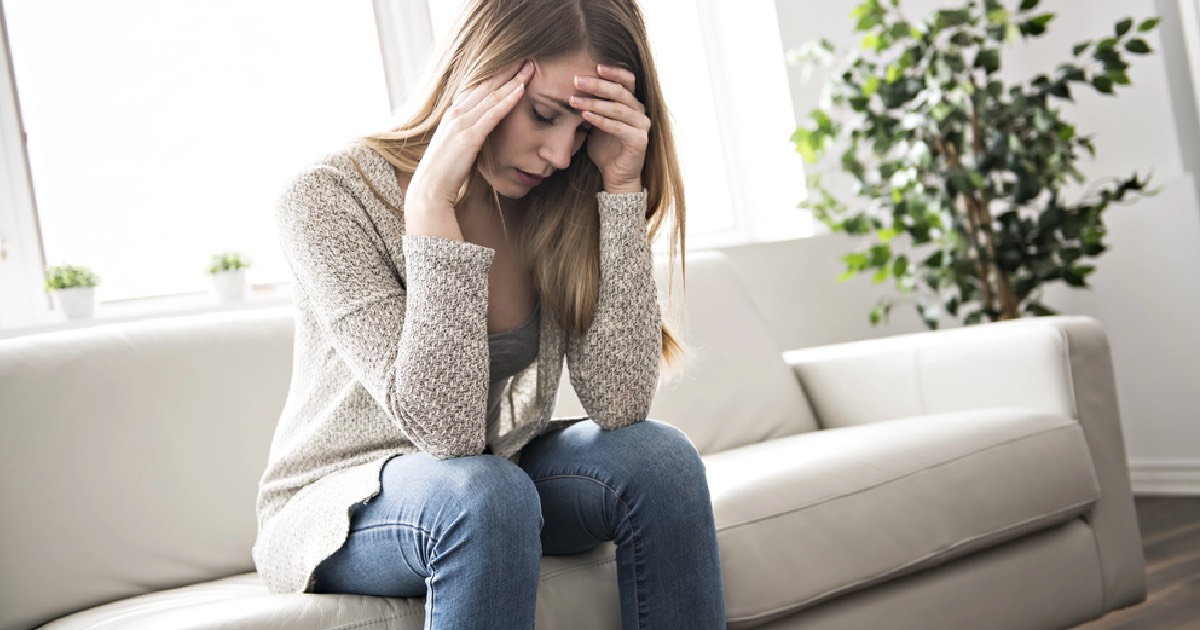Detoxing from substances, whether it’s alcohol, drugs, or even certain medications, can be an essential step toward recovery. However, one of the most challenging aspects of detoxing is dealing with withdrawal symptoms. Detox withdrawal occurs when the body reacts to the absence of a substance it has become dependent on. These symptoms can range from mild discomfort to severe physical and emotional distress, but the good news is that there are ways to manage and alleviate them.
Let’s learn more about detox withdrawals, common symptoms, and how to get rid of or minimize them effectively while maintaining your recovery journey.
What Are Detox Withdrawals?
Withdrawal symptoms are the body’s response to the sudden absence of a substance it has grown accustomed to. When a person uses a substance regularly, the brain and body adapt to its presence, leading to physical and psychological dependence. When the substance is abruptly removed, the body struggles to regain balance, resulting in withdrawal symptoms.
The intensity and duration of detox withdrawals vary depending on factors such as the type of substance, how long the substance was used, the individual’s overall health, and the level of dependence.
Common Detox Withdrawal Symptoms
Withdrawal symptoms can affect both the body and mind, making the detox process challenging. Here are some common symptoms associated with detox withdrawal:
- Physical Symptoms: Sweating, headaches, nausea, vomiting, diarrhea, muscle aches, fatigue, rapid heartbeat, and shaking.
- Psychological Symptoms: Anxiety, depression, irritability, mood swings, insomnia, restlessness, and cravings for the substance.
- Severe Symptoms: Some substances, like alcohol or benzodiazepines, can cause life-threatening symptoms such as seizures, delirium tremens (DTs), or hallucinations, which require medical attention.
How to Get Rid of Detox Withdrawal Symptoms
While detoxing can be uncomfortable, there are several ways to ease withdrawal symptoms and make the process more manageable. Here are effective strategies to help you get through detox safely and with less discomfort:
Medical Supervision
One of the safest ways to detox is under the supervision of healthcare professionals. Medical detox programs offer a controlled environment where your symptoms can be monitored, and medications can be administered to alleviate discomfort.
Depending on the substance, medical professionals may prescribe medications such as benzodiazepines to reduce anxiety and prevent seizures, methadone or buprenorphine to ease opioid withdrawal symptoms, and clonidine to slow down the fight or flight response. A supervised detox also ensures you receive the proper care if any severe complications arise.
Stay Hydrated
Dehydration is a common issue during detox, especially when experiencing symptoms like vomiting, diarrhea, or sweating. Drinking plenty of water can help flush toxins from your body and prevent dehydration, which can worsen symptoms like headaches, fatigue, and dizziness. You can also try electrolyte-rich drinks like coconut water or sports drinks to replenish lost fluids.
Get Plenty of Rest
Your body needs time to heal and recover during detox, and rest is essential for this process. Withdrawal symptoms such as insomnia or restlessness may make it difficult to sleep, but try to create a calming sleep environment. Engage in relaxing activities before bedtime, like deep breathing exercises, reading, or listening to calming music, to help improve your sleep quality.
Eat a Nutritious Diet
Proper nutrition can significantly improve how you feel during detox. Eating nutrient-dense foods helps support your body as it detoxifies and repairs itself. Focus on consuming whole grains to provide sustained energy and stabilize blood sugar levels, lean proteins for muscle repair and recovery, and healthy fats to nourish your brain and body.
Fruits and vegetables are also crucial for your diet, as they are rich in vitamins and minerals that support overall health and help fight fatigue. Avoid highly processed foods, caffeine, and sugar, as they can contribute to mood swings and worsen withdrawal symptoms.
Practice Mindfulness and Relaxation Techniques
Managing the mental and emotional symptoms of detox, such as anxiety, depression, and irritability, is just as important as addressing the physical symptoms. Incorporating mindfulness and relaxation techniques into your routine can help calm your mind and reduce stress during the detox process. Some helpful practices include:
- Meditation: Focus on your breath or a specific mantra to calm your mind.
- Yoga: Gentle yoga can help alleviate tension in your body and reduce stress.
- Progressive muscle relaxation: Tense and then relax different muscle groups to release physical tension and promote relaxation.
- Journaling: Writing down your thoughts and emotions can help you process your feelings during detox.
Seek Emotional Support
Detoxing can be an emotional experience, and having support can make all the difference. Whether it’s through therapy, counseling, or peer support groups, connecting with others can help you feel less isolated and provide encouragement during tough times. Consider joining a support group like Narcotics Anonymous (NA) or Alcoholics Anonymous (AA), or work with a counselor who specializes in addiction recovery to guide you through the process.
Exercise
While it may seem counterintuitive to exercise when you’re feeling unwell, light physical activity can help boost your mood and reduce withdrawal symptoms. Exercise releases endorphins, the body’s natural “feel-good” chemicals, which can help alleviate pain, anxiety, and depression. Start with low-impact activities such as walking, stretching, or gentle yoga, and gradually increase the intensity as you begin to feel better.
Use Over-the-Counter Remedies
For mild to moderate symptoms, over-the-counter medications can be helpful in managing discomfort. Some common options include pain relievers for muscle aches and body pains, anti-nausea medication for nausea and vomiting, and sleep aids for insomnia.
Tapering Off
For some substances, such as alcohol or opioids, quitting “cold turkey” can be dangerous and cause severe withdrawal symptoms. Instead, tapering off the substance under medical guidance can help reduce the intensity of withdrawal. Tapering involves gradually reducing your intake over time, allowing your body to adjust slowly and minimizing the shock to your system.
Detox and Recovery Services in Santa Rosa, CA
Detox withdrawals can be difficult to endure, but they are a necessary part of the recovery process. By taking the right steps—such as seeking medical supervision, staying hydrated, practicing relaxation techniques, and getting plenty of rest—you can ease the discomfort and make the detox process more manageable. Remember that detox is just the first step in recovery, and it’s important to follow it with a comprehensive treatment plan that includes therapy, support groups, and ongoing care to ensure long-term success.
Pura Vida Recovery offers recovery services in beautiful Santa Rosa, CA where we spend time outdoors doing fun activities like rock climbing, wake boarding, and hiking. Most people spend about 3-14 days in detox before moving onto rehabilitation, which involves a balance of therapy, counseling, and life skills. To learn more about our treatment services or referrals, contact us today.





